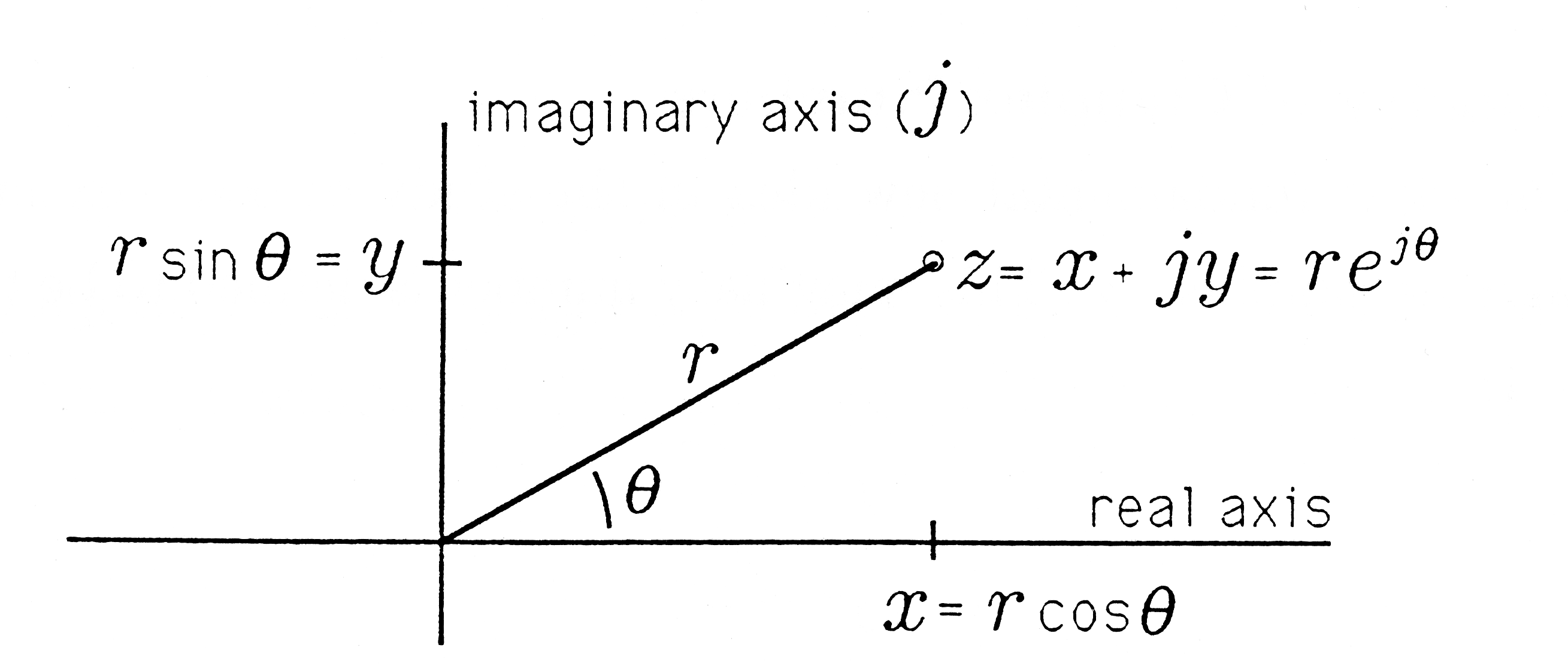A woman steps onto a moving sidewalk at a large airport and stands while the moving sidewalk moves her forward at 1.2 meters/seconds. At the same time, a man begins walking against the motion of the sidewalk from the opposite end at 1.5 meters/second (relative to the sidewalk). If the moving sidewalk is 85 meters long, how far does each person travel (relative to the ground) before they pass each other?
To solve this problem, we first assign a variable to each unknown quantity. Let
x1 be the distance traveled by the woman, and let
x2 be the distance traveled by the man. The sum of the two distances is 85 meters, giving us one equation:
(4.1)
x1
+
x2
=
85
.
Our second equation is based on the time required before they pass. Time
equals distance divided by rate, and the time is the same for both people:
We may substitute Equation 4.2 into Equation 4.1 to obtain the result  , or
, or
(4.3)
5
x2
=
85
⇒
x2
=
17
.
Combining the result from Equation 4.3 with that of Equation 4.1, we find that
(4.4)
x1
=
68
.
So the man travels 17 meters, and the woman travels 68 meters.
Equation 4.1 and Equation 4.2 are the key equations of Equation 4.1. They may
be organized into the “matrix equation”
The rules for matrix-vector multiplication are evidently
(4.7)
(
0
.
3
)
x1
+
(
–
1
.
2
)
x2
=
0
.
Equation 4.2 and Equation 4.3 may be organized into the matrix equation
This equation represents one partially solved form of Equation 4.5, wherein
we have used the so-called Gauss elimination procedure to introduce a zero
into the matrix equation in order to isolate one variable. The MATLAB
software contains built-in procedures to implement Gauss elimination on much
larger matrices. Thus MATLAB may be used to solve large systems of linear
equations.
Before we can apply linear algebra to more interesting physical problems, we need to introduce the mathematical tools we will use.






















